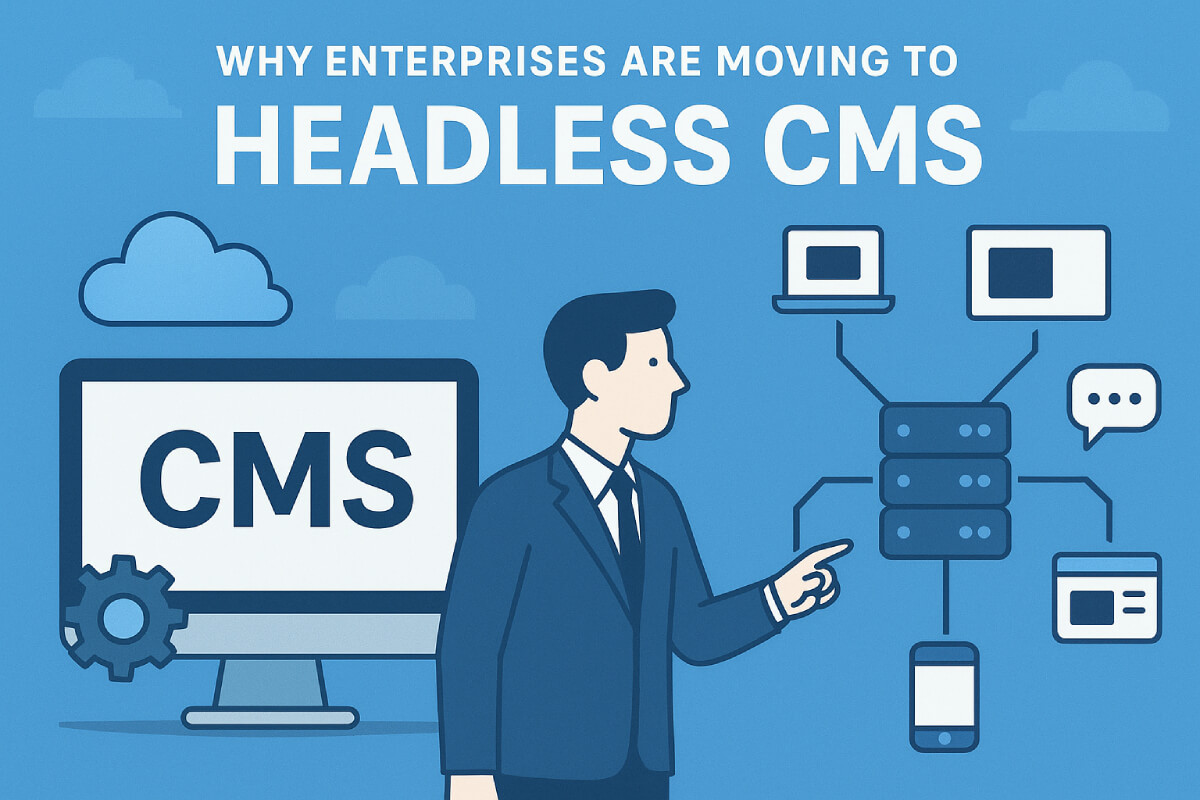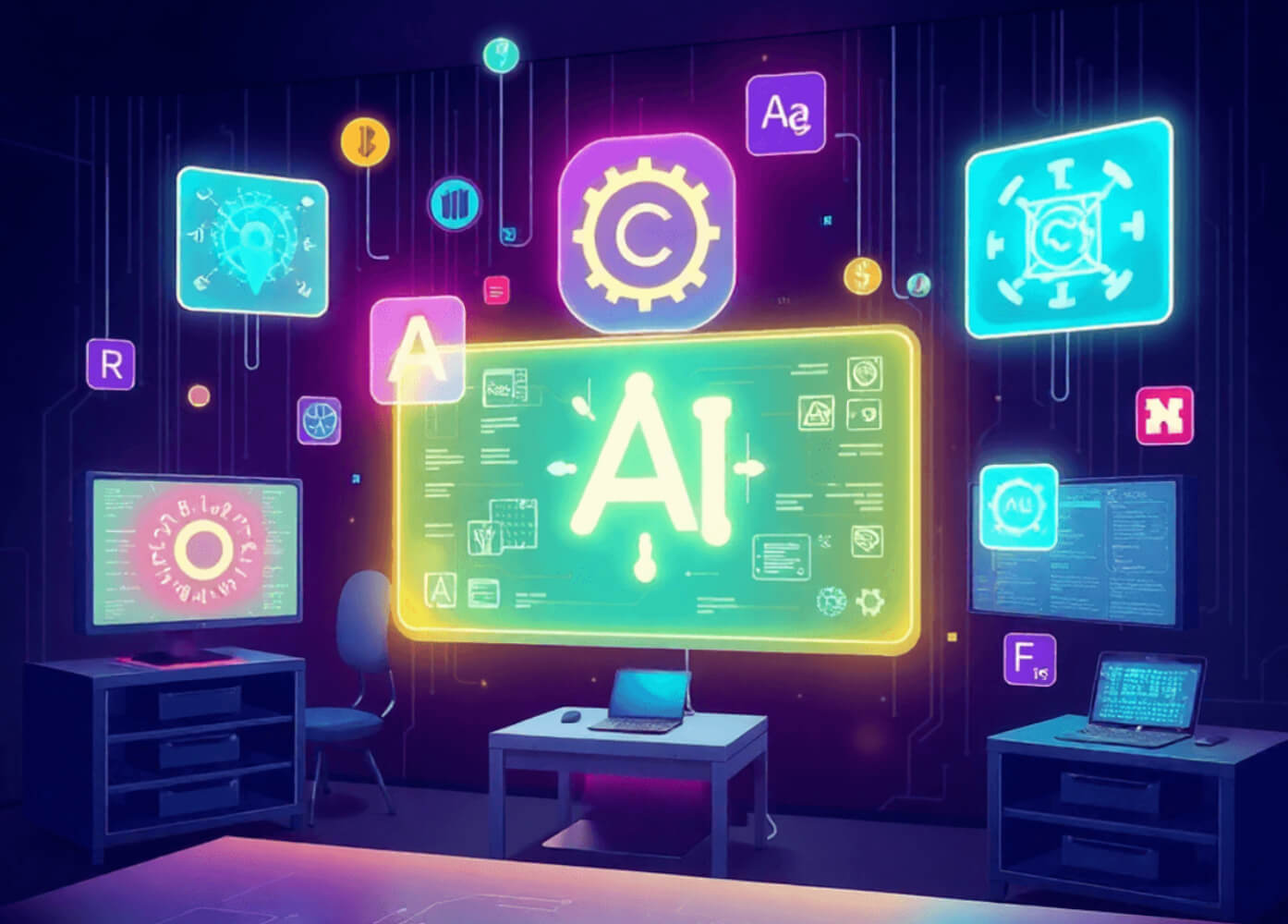Introduction
In today’s digital-first world, enterprises need websites and apps that are fast, flexible, and future-ready. Traditional content management systems (CMS) often fall short when businesses want to deliver content seamlessly across multiple platforms. This is where headless CMS comes in—a modern solution that separates content management from presentation, giving enterprises more control and agility.
What is a Headless CMS?
A headless CMS decouples the backend (where content is created and managed) from the frontend (where content is displayed). This allows developers to use any technology stack or framework for the frontend while managing content centrally.
Benefits for Enterprises
- Omnichannel Delivery: Push content to websites, mobile apps, IoT devices, or digital signage from a single source.
- Greater Flexibility: Developers can build custom experiences without being constrained by a CMS’s frontend limitations.
- Faster Time-to-Market: Changes to content or design can be deployed faster, keeping up with business needs.
- Scalability: Handle large traffic spikes without compromising performance.
Real-World Examples
- Large e-commerce platforms deliver content consistently across web, mobile, and social media channels.
- Media companies use headless CMS to manage massive content libraries efficiently.
Why Now
As businesses scale and customer expectations rise, flexibility and speed have become critical. Enterprises are increasingly adopting headless CMS to future-proof their digital strategy, integrate with modern technologies, and create personalized experiences.
Conclusion
Switching to a headless CMS isn’t just a tech upgrade—it’s a strategic move for enterprises looking to stay competitive, agile, and ready for the future of digital experiences.




